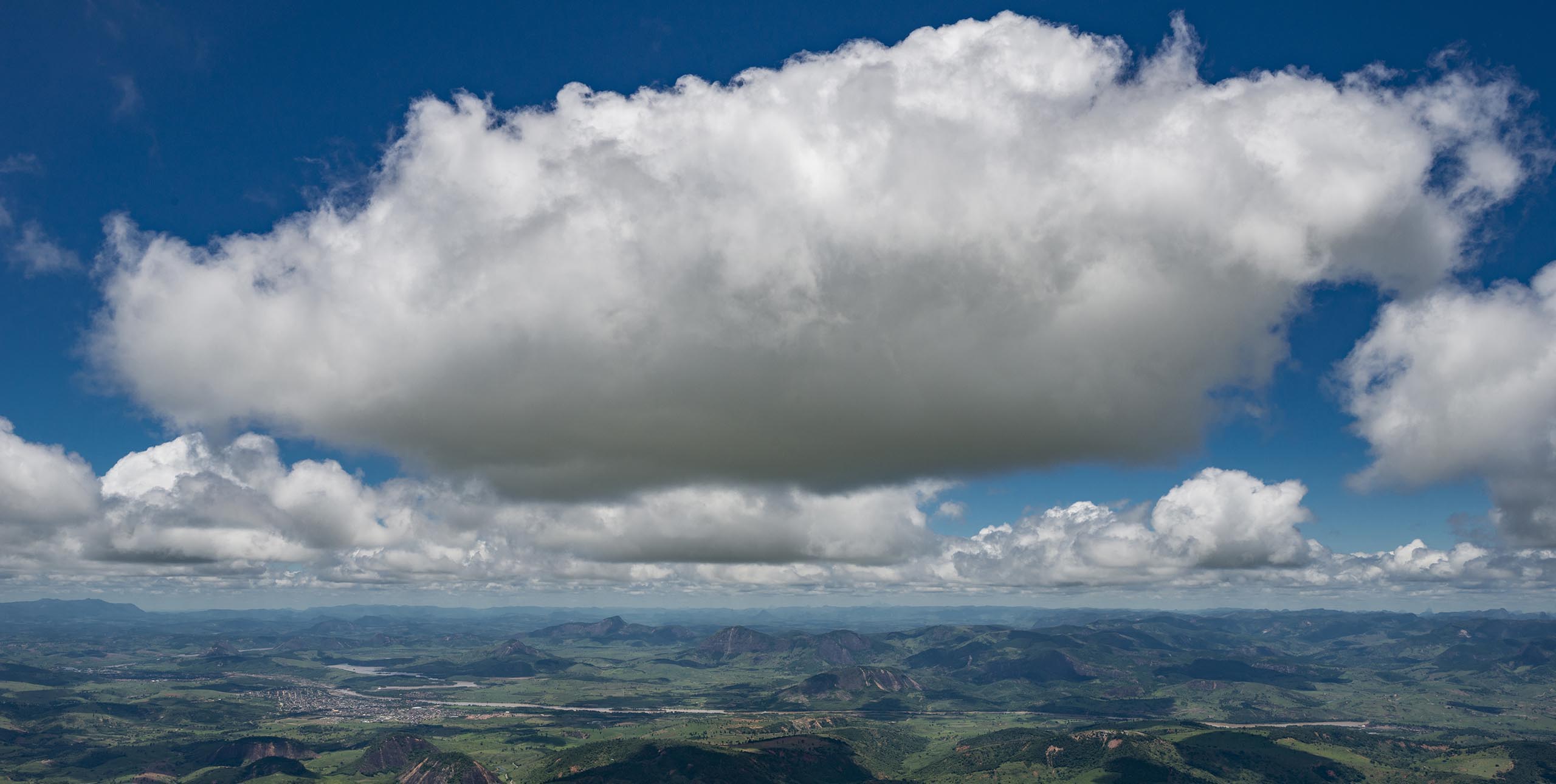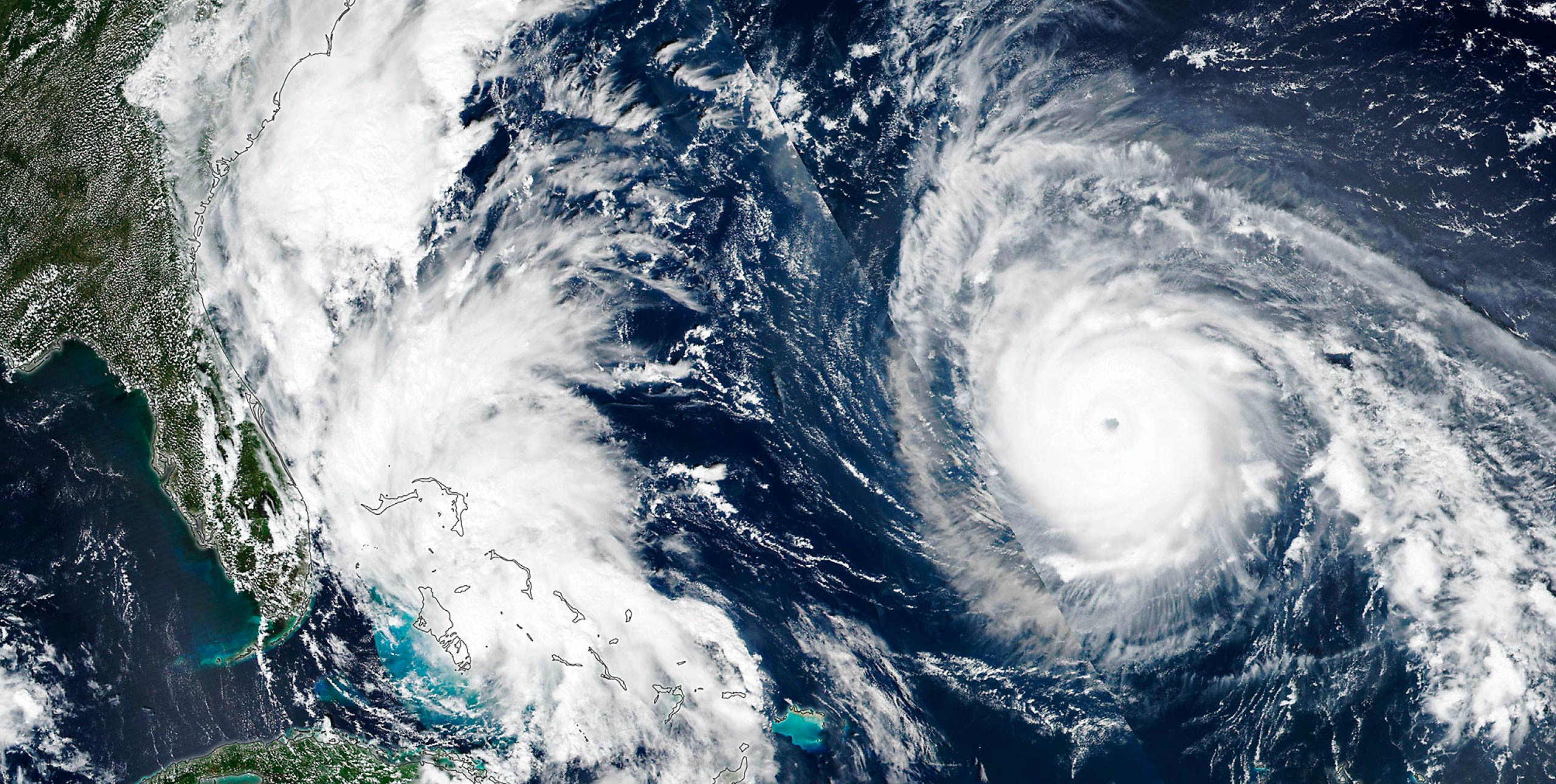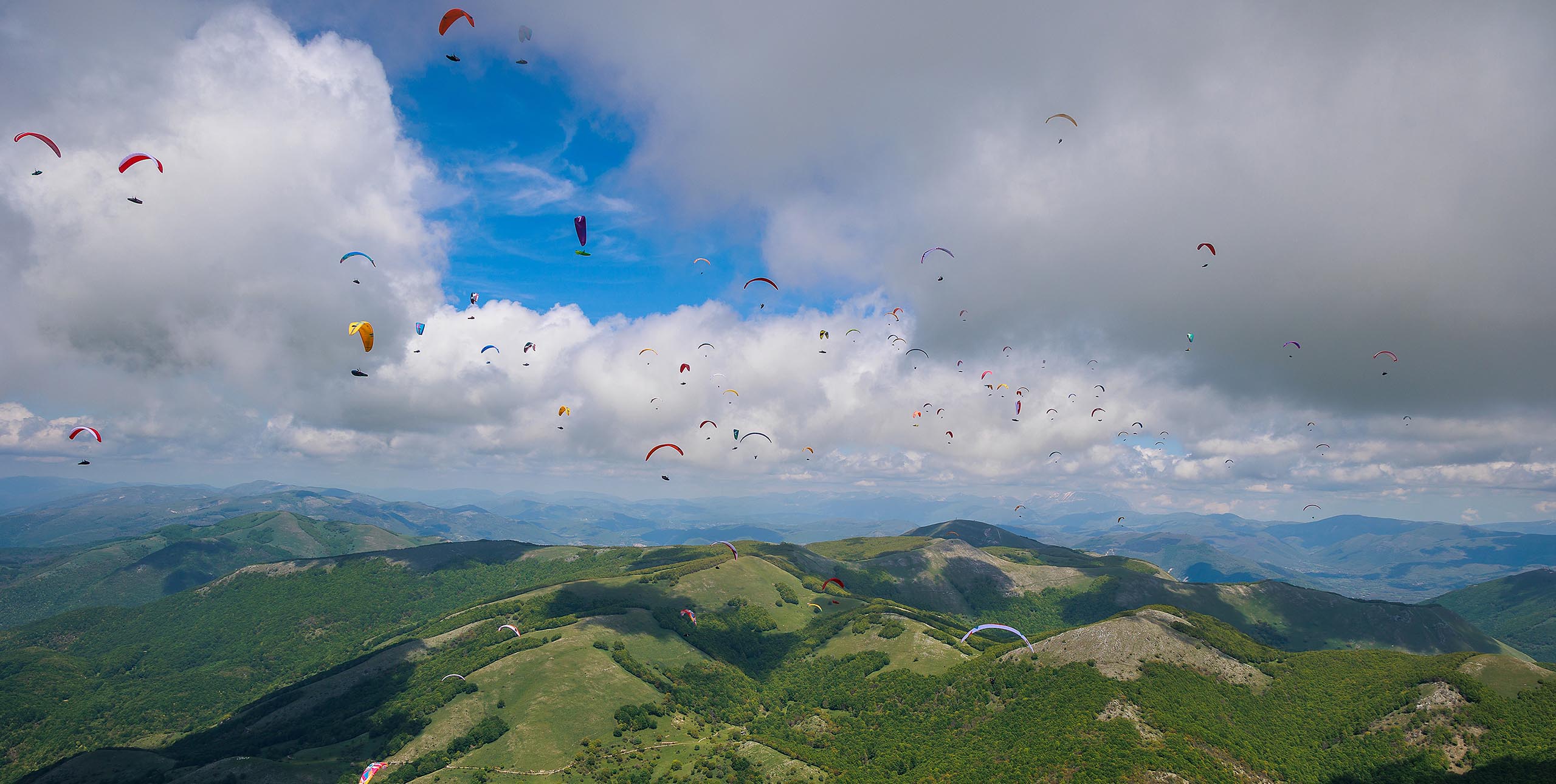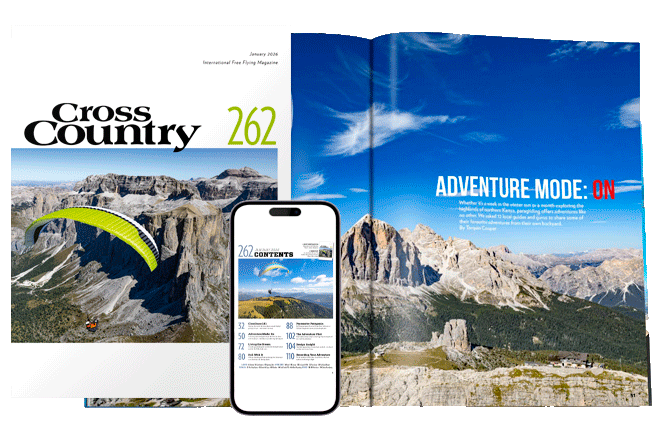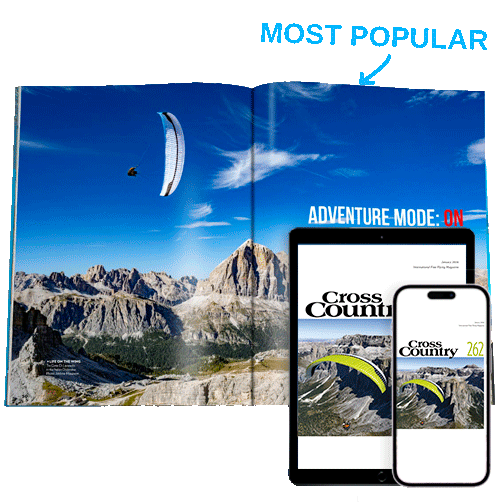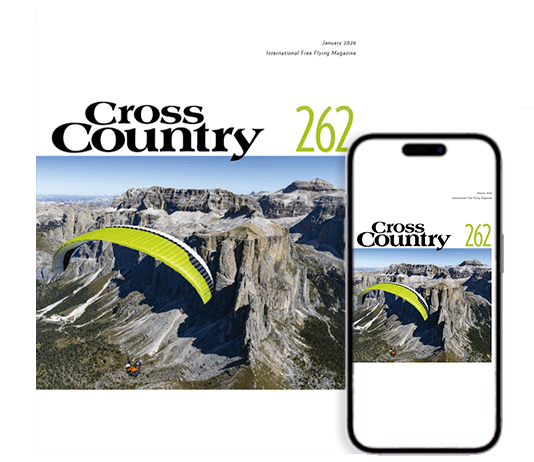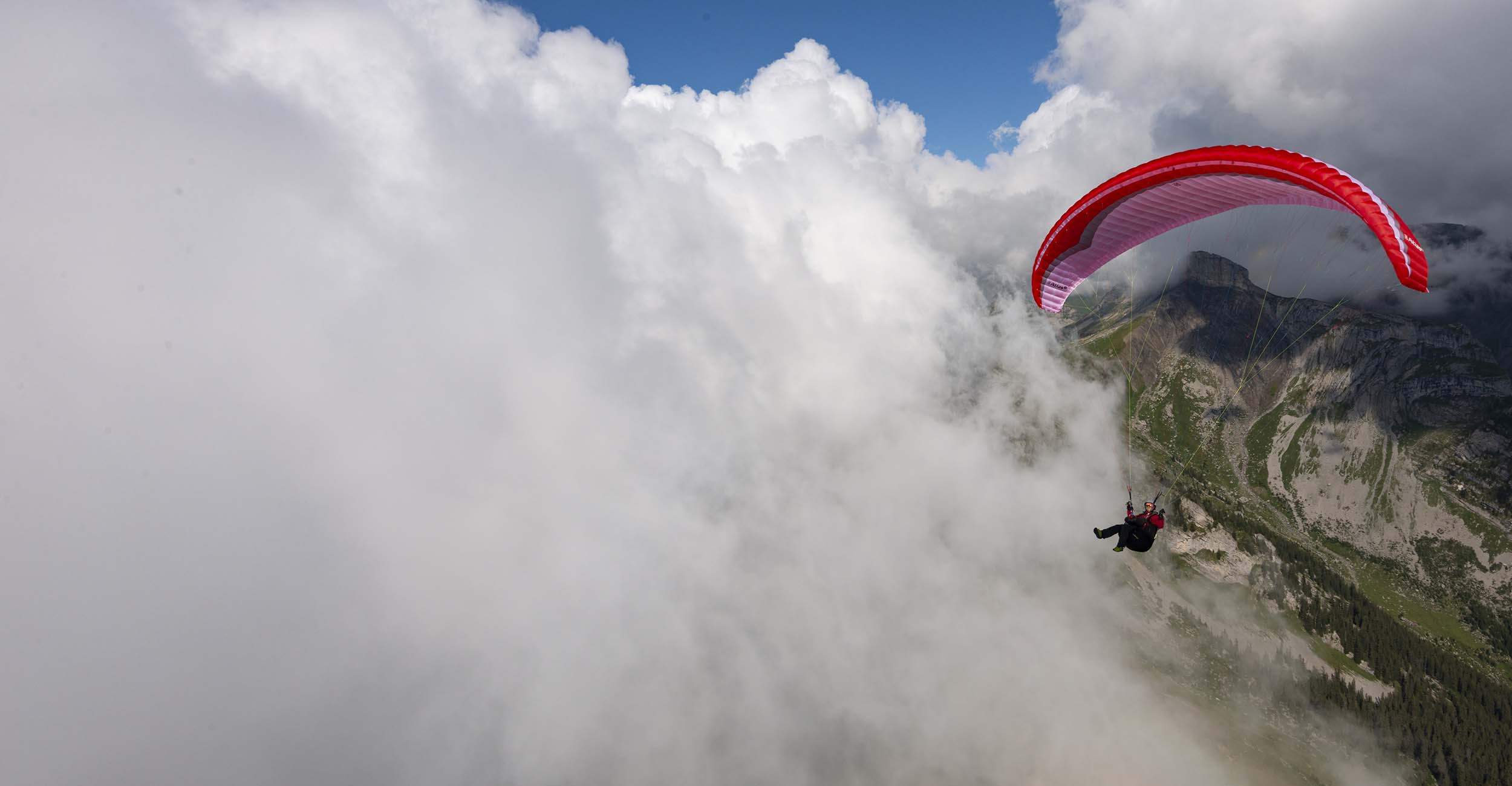
Stuck in lockdown staring out at the sky Tarquin Cooper put his time to good use with a free online meteorology course. He tells us what it was like
You will know this feeling. I was watching something on Netflix during lockdown with my girlfriend. I can’t remember what it was, a couple were walking on a beach, but then the camera panned out and I spontaneously shouted: “Look at those cumulus!” The question was, were they altocumulus or stratocumulus?
This has started to happen quite regularly now – well, since learning to fly obviously but even more so since signing on to an online meteorology course.
My essential lockdown exercise involved walking around with a craned neck, looking at the clouds and wind direction, trying to identify what was going on, and whether it was the picture I expected from that day’s weather forecast. I even started paying attention to an old-school Fitzroy barometer I have at home.
I’m new to flying. I’m also new to meteorology. Despite enjoying various mountain and outdoor sports for many years, from ski-touring to climbing, the weather has always been a blind spot.
But it’s never too late. And no matter what your experience, there’s always more to learn. Chatting to Gavin McClurg the other day, I was interested to learn he was also using the lockdown to put more energy into forecasting. Despite sailing around the world for a decade and multiple epic cross-country adventures, it was still apparently “a weakness”. (It prompts the question, what are his strengths?) Feeling in good company, I clicked on the ‘Join Course’ tab. There are various online courses out there.
FutureLearn, part of the Open University, run a free four-week course (just 12 hours of study total). It’s run in partnership with the UK’s Met Office, Royal Meteorological Society and the University of Exeter.
Harvard University also run a free six-week course that aims to teach the “observational skills needed to make a forecast without using instruments or computer models”.
[promobox]
Learning the basics
Being more UK specific, I signed onto FutureLearn. What it covers well, through a mixture of text, graphics and video explainers, are the basics. These are delivered in jargon-free language suitable for anyone coming to the subject for the first time, and idiots like me.
What it doesn’t cover is weather forecasting specifically for pilots, so experienced flyers may want to graduate straight to Harvard or specialist books like Bruce Goldsmith’s Fifty Ways to Fly Better, or the all-time weather-for-pilots classic by Dennis Pagen, Understanding the Sky.
The online course begins with an overview on how the weather on our planet is formed and it’s all useful stuff – circulation cells (Polar, Hadley, Ferrel), semi-permanent pressure systems, layers of the atmosphere and the jet stream. Week two deals with warm and cold fronts, how to read a synoptic chart with a great video explainer – as well as low and high pressure systems.
Where it really kicks off for flyers is ‘week three’ which in reality can be gained in only a few days. It’s all about the lovely white fluffy things in the sky. Nine chapters are devoted to the different cloud types formed at low, medium and high altitudes. By the end, you’ll not only know the difference between your cu-nims and lenticulars; you’ll be geeking out on rarities like volutus and mammatus clouds. You can even make your own with just a match and a bottle of water, if you’re really stuck for things to do.
For most pilots it’s familiar terrain, but it all helps to cement information that is all too often quickly learnt and even more quickly forgotten once the paragliding exam is over and done with.
Further chapters on the course, which is focused exclusively on UK weather systems, look at interpreting the weather if you’re a photographer or into gardening – not that relevant but still good for your general knowledge. There are also downloadable factsheets that go into more detail. Week four covers microclimates, hazards like strong winds and lee waves and unusual phenomena like halos and brocken spectres – when your shadow is distorted by the mist into an apparition in the sky.
The best part of the course has been to remind me that being a pilot is an on-going learning journey. No sooner had I completed, I was enrolling on the Harvard course. Who knows, maybe one day I’ll be able to apply this knowledge in the air. Maybe then I will stop shouting at the TV.
Find out more at futurelearn.com/courses/learn-about-weather and Backyard meteorology at edx.org



